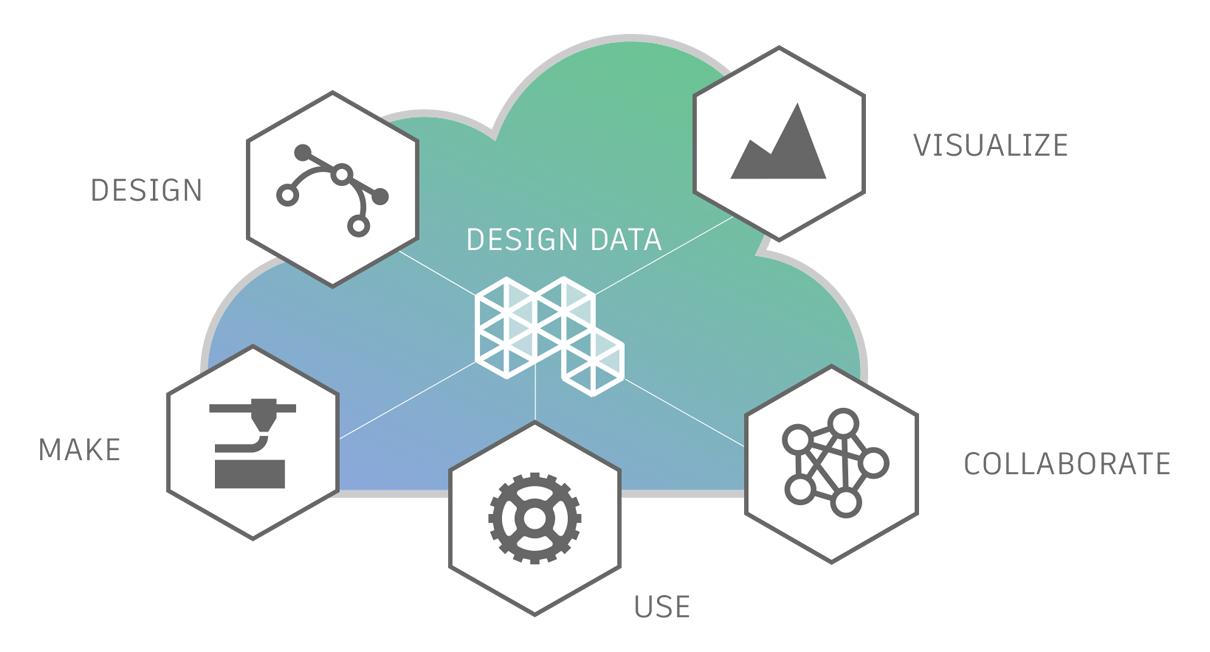2016 saw Autodesk hitting a couple of milestones, including 100 percent customer transition from a perpetual license to a subscription licensing model, and the simplification of their 20 different suite configurations into three easy-to-follow offerings: architecture, engineering, and construction; product design and manufacturing; and media and entertainment.
This year, Autodesk promises its customers even more innovations, including moving to a native cloud platform so teams can work with their data seamlessly from one context to another. Each industry will also be given the advantage of integrated Autodesk platforms and products: Fusion for product design and manufacturing; BIM 360 for building design and construction; and Shotgun for media and entertainment.
The cloud is also poised to be used for Autodesk’s generative design capabilities. This system will allow designers to specify certain parameters for their project such as weight, strength, cost, size, and materials. After inputting these, cloud computing then generates thousands of designs of the same product much quicker than a manual design process.
Moreover, Autodesk will push for the adoption of its new augmented reality (AR) and virtual reality (VR) features. For example, workers wearing smart badges and smart helmets can access both AR and VR in a construction site, allowing them to visualize the final product before construction starts.
Along with the product and feature announcements, Autodesk has also predicted jobs that will be in-demand in the near future. This includes AR/VR experience creators and curators, robot trainers, sensor system integrators, generative designers, and 3D printing specialists.
